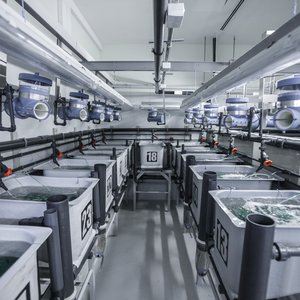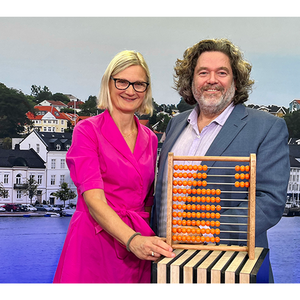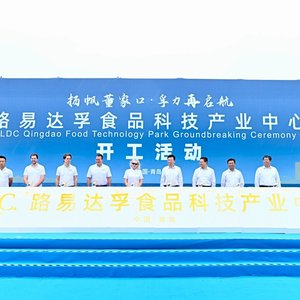Krill meal is used in aquaculture feeds for its palatability, high nutritional value and functional properties. Some of the current solutions to replace krill meal are currently provided by Symrise Aqua Feed with pure palatability enhancers and functional protein hydrolysates which can provide features such as health benefits and high digestibility in addition to their high intrinsic palatability.
Most of the company’s products are manufactured from marine byproducts, such as fish frames and shrimp heads. Since marine-based products are not allowed for this challenge, Symrise Aqua Feed decided to register for the F3 Krill Replacement Challenge by applying its process technology to a land-based raw material (byproducts) to get a product profile similar to its best-in-class products.
“All our palatability enhancers and functional hydrolysates have been tested in different fish and shrimp species in our own testing facilities, universities as well as by aquafeed manufacturers. A lot of peer-reviewed publications resulted from these trials and studies. Products were tested in low fishmeal diets as well as in fishmeal-free diets ones. Every new product developed by Symrise Aqua Feed is tested in a fishmeal-free diet as a first hurdle to overcome. If the trial is successful then, it can move on to the next steps of our product development process,” explained Vincent Percier, marketing & strategic development director, Symrise Aqua Feed.
Liquid palatability enhancers are recommended to be applied by top-coating during feed manufacturing for better efficacy and cost-in-use for the final user. For this contest, the product will be added by inclusion and the feed manufacturing process will not have any impact on the performance of our ingredient,” Percier said.
In terms of price and comparing it with krill meal prices, Percier said, “our ingredients are cost-effective when they are part of a global feed formulation strategy – reduction of marine ingredients and replacement by our product and other cost-effective raw materials. All our products are already industrialized. We can supply significant volumes and considering their low inclusion level, we can touch large volumes of salmon feed.”
“Fish do not need krill or fishmeal, they need the right quality and quantity of nutrients, combined with the right functional ingredients to support high feed palatability and fish health,” Percier said. “We expect to show the aquaculture industry that other solutions than krill meal deserve to be considered in salmon feed formula, in particular, to improve and standardize feed palatability, whatever the raw material origins are and the farming conditions used.”
“By adding value to byproducts and promoting the utilization of the end product within the aquaculture industry, we support the circular economy as well as the sustainable development of aquaculture,” Percier concluded.
Don't miss interviews with other registrants of the F3 Krill Replacement Challenge:
Entobel: The attraction of insect meal
eniferBio: The power of mycoprotein













